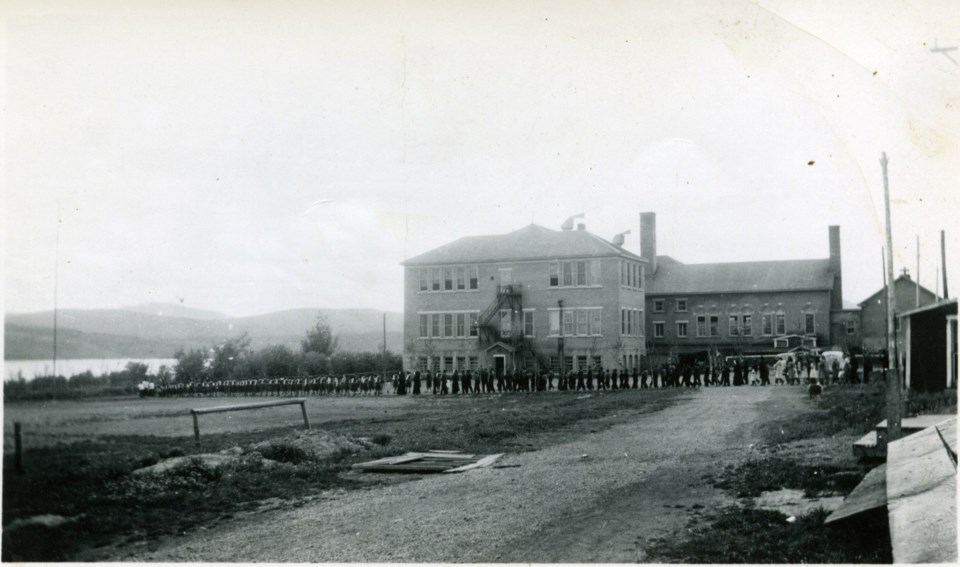I have been teaching high school students about Canada’s residential schools for a number of years. Indigenous content has recently been given a more prominent place in the British Columbia curriculum, and this has had an impact. Students now come to my class with some understanding of this tragic chapter in our history, and we are able to delve deeper into its impact and have constructive conversations about reconciliation.
This is not the case with Canada’s adult population, however. Indeed, the Conservative Party of Canada stated in its 2021 election platform that it would, “Develop a detailed and thorough set of resources to educate Canadians of all ages on the tragic history of residential schools in Canada.”
The lack of understanding in our adult population was exemplified in the Manitoba legislature in July when the provincial Indigenous relations minister,
Dr. Alan Lagimodiere stated, “The residential school system was designed to take Indigenous children and give them the skills and abilities they would need as they fit into the society as it moved forward.”
That was the lesson that most older Canadians learned as they went through school. It is similar to what Americans learned when they were told that their Civil War was not about protecting the right to enslave other human beings, it was about states’ rights, the so-called “lost cause narrative.” It is not unlike Belgian school children learning that King Leopold II was the great civilizer of the Congo, when in reality he was responsible for up to 15 million deaths in that country. Unfortunately, there are countless other euphemistic tropes used to hide the brutality of colonialism and human exploitation.
Research over the last several decades reveals that the intention of the Canadian government was far more nefarious than the narrative recounted by Lagimodiere.
The goal was not education, it was assimilation. Stating that these schools were meant to, “take the Indian out of the child” describes the situation fairly accurately, but even that doesn’t go far enough.
The true intent of the Canadian government is made very clear in numerous documents, and perhaps the most damning statements were made by Duncan Campbell Scott, the Confederation poet and deputy superintendent of Indian affairs from 1913 to 1932.
After Dr. Peter H. Bryce presented him with an explanation of why nearly a quarter of the children in these schools were dying from tuberculosis, and a plan that would reduce their mortality, Campbell Scott refused to provide the necessary funds. He infamously stated that the situation, “does not justify a change in the policy of this Department, which is geared towards a final solution of our Indian Problem.”
The truth is that Canada, like many other countries that embraced a colonialist ideology, is guilty of genocide. The UN Genocide Convention states that, “Forcibly transferring children of the group to another group…. with intent to destroy, in whole or in part, a national, ethnic, racial or religious group,” is genocide.
Given our history and the intent written into our government documents, how can one argue otherwise?
The fact that Canadians were surprised when human remains were found in the fields surrounding former residential schools is evidence that far too many people do not know our history.
We cannot have reconciliation if we do not have truth.



